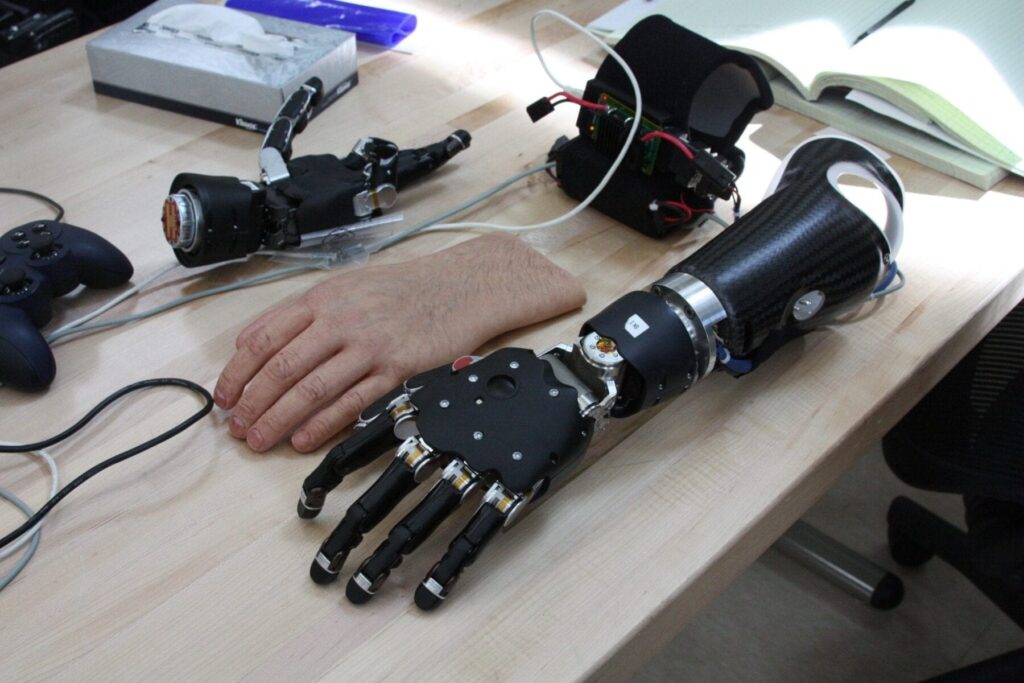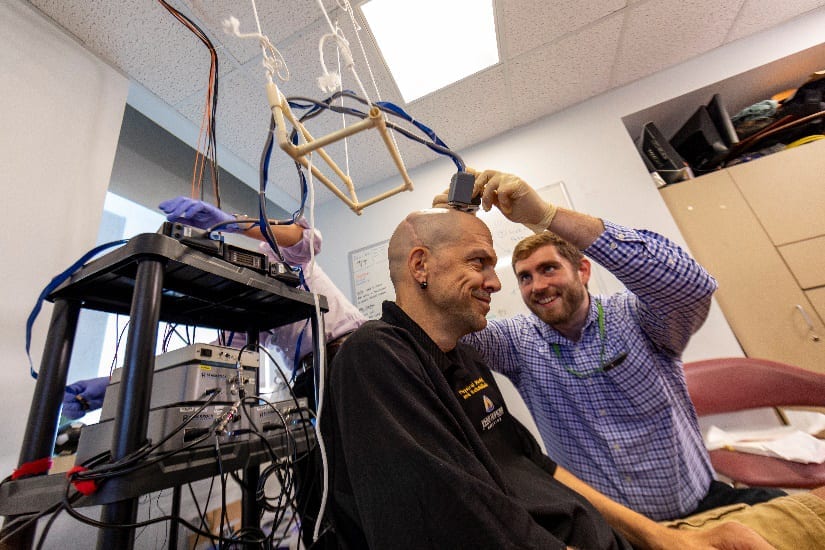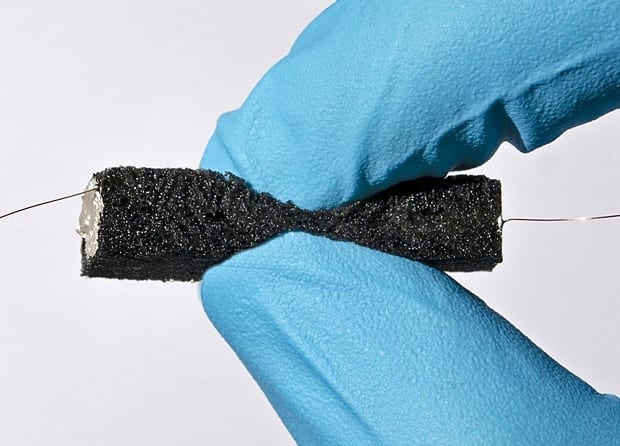
Researchers are exploring new approaches to designing prosthetic hands capable of providing “sensory feedback.” Advances toward developing prostheses with a sense of touch are presented in a special topic article in the June issue of Plastic and Reconstructive Surgery®, the official medical journal of the American Society of Plastic Surgeons (ASPS).
Emerging sensory feedback techniques will provide some sensation and enable more natural, intuitive use of hand prostheses, according to the review by ASPS Member Surgeon Paul S. Cederna, MD, of University of Michigan, Ann Arbor, and colleagues. They write, “These breakthroughs pave the way to the development of a prosthetic limb with the ability to feel.”
‘Nerve Interfaces’ May Allow Feeling in Prosthetic Hands
Upper limb loss is a “particularly devastating” form of amputation, since “a person’s hands are their tools for everyday function, expressive communication, and other uniquely human attributes,” according to Dr. Cederna and coauthors. The functional, psychological, economic, and social impact is even greater since most upper limb amputations occur in young, otherwise healthy individuals.
Current robotic prostheses approach the fine dexterity provided by the human hand—but these advances have outpaced developments in providing sensory feedback from artificial limb. “The lack of sensation…is the key limitation to reestablishing the full functionality of the natural limb,” Dr. Cederna and colleagues write.
Providing some sense of touch to the artificial hand would lessen the “cognitive burden” of relying solely on vision to initiate and monitor movements—while also providing “tremendous psychological benefits” for patients. The review focuses on recent and emerging technologies to create “sensory interfaces” with the peripheral nerves to provide feeling to prostheses.
Already in use is a technique called sensory substitution, in which one type of sensation is substituted for another. For example, vibration applied to skin on the remaining limb, or to another part of the body, is used to convey touch from sensors on the prosthesis.
Other techniques use various types of implanted neural interfaces—electrodes placed in or around the nerves—which are stimulated by sensors on the prosthesis. Thesedirect neural stimulation approaches show promise in enabling patients to feel object characteristics such as stiffness, shape, and size, or to control fine-motor movements without visual cues.
A promising newer technique is targeted muscle reinnervation (TMR), in which nerves are transferred to provide sensation to intact muscles and overlying skin. Originally developed to improve control of the prosthesis, TMR approaches are being studied to elicit sensory feedback from the prostheses.
The Latest on: Feedback from Artificial Limbs
[google_news title=”” keyword=”Feedback from Artificial Limbs” num_posts=”10″ blurb_length=”0″ show_thumb=”left”]
via Google News
The Latest on: Feedback from Artificial Limbs
- Enter Robots: Are We Ready?on April 24, 2024 at 5:00 pm
The newest artificial limbs have real-time neural controls and tactile feedback, allowing for more natural motion and touch. Beyond robotic limbs is the development of sensory robotics ...
- Enter Robots, Are We Ready?on April 24, 2024 at 5:00 pm
The newest artificial limbs have real-time neural controls and tactile feedback, allowing for more natural motion and touch. Beyond robotic limbs is the development of sensory robotics ...
- Healthon April 22, 2024 at 5:00 am
Giebel, director of the VA Rocky Mountain network, which includes the Aurora hospital, confirmed The Denver Post’s reporting from November that first uncovered the prosthetics ...
- Prosthetic arms uses AI for more accurate and realistic movementon February 23, 2024 at 4:10 pm
Prosthetic company Atom Limbs has combined advanced sensors and ... They also provide haptic feedback to the wearer to give insight into their grip strength, allowing them to easily hold delicate ...
- Prosthetic News and Researchon February 22, 2024 at 4:01 pm
Sensory feedback is important for amputees to be ... in additive manufacturing (AM), also known as 3D printing. Lower limb prosthetic sockets could soon be printed in remote locations and even ...
- Temperature-sensitive prosthetic limb improves amputee dexterity and feelings of human connectionon February 9, 2024 at 8:15 am
In the new study, they show that the MiniTouch can be easily integrated into commercial prosthetic limbs and that it enables active thermosensation during tasks that require feedback between sensory ...
- Farukh Farukh - Plastic waste transformed into prosthetic limbs and house brickson November 11, 2023 at 6:22 am
The crafting of artificial limbs from recycled plastic water bottles is innovative ... The initial field trial has been successful with the feedback from patients particularly praising the comfort of ...
- Sean McDowellon December 20, 2022 at 11:01 am
I really believe that making prostheses more like natural limbs is the future for this field. We need motor prostheses that provide sensory feedback and allow for fine motor control. Personally, I ...
- Adding A Gentle Touch To Prosthetic Limbs With Somatosensory Stimulationon June 30, 2021 at 4:29 am
Even so, he was able to use this new feedback and use it to improve ... that adding even simplistic touch sensors to prosthetic, brain-controlled limbs could make for a much appreciated boost ...
- Targeted reinnervation enhances control of prosthetic limbon June 2, 2019 at 6:10 am
A new nerve transfer procedure has given a woman much improved control of her prosthetic arm, as well as sensory feedback to the missing limb. The patient had previously undergone left arm ...
via Bing News











